Rovinj in Istria, Croatia
Rovinj, Rovin, Rovigno … these are the different names for this very charming little town in Istria, Croatia. It is said to be one of the most popular and nicest destinations in Croatia. But there is still another name: “Little Venice”. There is a reason for this.
The Venetians
The Venetians ruled in Istria from around 1283. They turned Rovinj into an important maritime centre and developed its fishing and shipbuilding capacities. As population was ever increasing, they filled the channel between the island and the mainland. Rovinj became a peninsular.
In 1797, the rule was taken over by the Austria Hungarian Empire. Later it fell into the hands of Napoleon. In 1813, the Austrians regained reign over Rovinj and Istria. They constructed a railway line, installed light gas, city telephone. Not to speak of the shipbuilding industry, glass, sardine and wax factories.
At the end of WWII Rovinj fell under fascist Italian rule. Up until the break of Yugoslavia in 1992. Rovinj in Istria is now part of Croatia.
Venetian architecture in Rovinj
The buildings in old Rovinj as well as in the more modern part of town resemble the ones found in Venice. They are built in pale limestone and at times painted in bright colours.
Like in Venice, houses are situated very close to the water leaving no space for even a walkway.
Euphemia Cathedral, Rovinj
Even the 17thCentury St. Euphemia Cathedral is a small versions of St. Mark’s in Venice.
Read up on the intriguing legend of this basilica recounting the shepard boy finding the coffin of Euphemia on the beach and dragging it up the hill with the help of two cows ….
La Grisla
Walk up La Grisla, the widest of the cobblestone streets of Rovinj leading to it.
Italian influence
By the way, the Italian influence in the area is noticeable up to today. In fact, I was told by locals that their kids learn the Italian language. It is part of the school curriculum.
Bali’s Arch – one of the seven medieval gates
A maze of narrow streets, a number of arches and staircases make up Rovinj . They invite to be discovered and explored.
Try to find the seven medieval city gates. One of them is Balbi’s Arch named after Daniel Balbi, mayor of Rovinj in 1670s.
Rovinj Town Clock
This tower was once part of the southern defense wall of the town. It dates back to 1100 but was updated by the Venetians in the 1600s. For few hundred years, there was a small prisoner cell in the base. Nowadays, you will find an exchange bureau.
Just wander around
When wandering around Rovinj, don’t worry of getting lost. The historic centre is small and eventually you will return to where you started off.
Port of Rovinj
I loved the little port of town. Especially visited at sunrise as the colors of the buildings take up very special shades.
It is also fun to watch the fishermen going about their work. Later in the day, there is plenty of movement taking place with the ferry boats docking and spilling out hundreds of day visitors.
Best photo spot in Rovinj
The little port is also a very good spot to take pictures of the Old Town with its buildings crowding the waterfront.
I found plenty of restaurants and bars opened at this very early hour offering great breakfast. In early afternoon and evening people hang out or have some delicious food on the promenade.
General info on Rovinj and Croatia
First important info is that you need to get some Kuna (the local currency) from one of the many ATMs around. Most places only accept Kuna and if they take a credit card, the charges are very high.
Generally, Rovinj has plenty of restaurants offering very good fresh fish and excellent local Croatian wine. Definitely do a little tasting as Croatian wine is not well known outside the country and, in my opinion, underrated. The town is also well known for the pizzerias and local pasta.
Truffle in Istria
In the local market, I found some very good truffle which grows in abundance in the oak forest of Istria. In fact, in 1999 the world largest truffle was found near Buie weighing, believe it or not, some 1.3 kg.
Beaches in Rovinj
When it comes to enjoying the sea, there are some 13 beaches around. However, don’t expect long stretches of sandy beaches. They are either hidden between rocks or small arcs of white shingle.
Excursions
There are number of excursions to take from here. Be it Pula just 30km away, Dvigrad, Monkodonia, Lim Fjord or one of the national parks like Punta Corrente or Brijuni. If interested in tasting local wine, there are a couple of wine tours offered.
Salsa Festival in Rovinj
Since 10 Years, in Mid June a Salsa Festival takes places for some two weeks. I visited Rovinj in that period and was amazed on the activities taking place. Dancers from all over the world enjoyed dancing in the streets to some great music. Everybody is welcomed to join in. A number of beach and boat parties are also organized.
When to visit Rovinj
As it gets pretty hot during summer, the best months to visit are probably May/June or later in the year ie September. An important factor to know is that most restaurants close for winter that is from November to March.
Travelling to Rovinj by car
The most convenient way to get to Rovinj is by road. They are pretty good. Once on location, be prepared to leave the vehicle outside the old town in one of the parking lots. This is not a big problem as the town is very small and the cobblestone streets are too narrow to pass with a car in any case.
Parking
The largest parking lot is Valdibora and also the closest to the old town. If in the area during July and August, it might be difficult to find a spot. Check with your accommodation to reserve one. Your hotel might also have a deal with the parking lot so you could end up not having to pay. Some hotels offer a golf cart service to take you into the Old town.
Most of the hotels or resorts near Rovinj offer some sort of shuttle service be it by bus or boat.
Bicycle
If on the way by bycicle, this too will have to remain out of the Old Town. Mainly due to the innumerable steps and stairs in town.

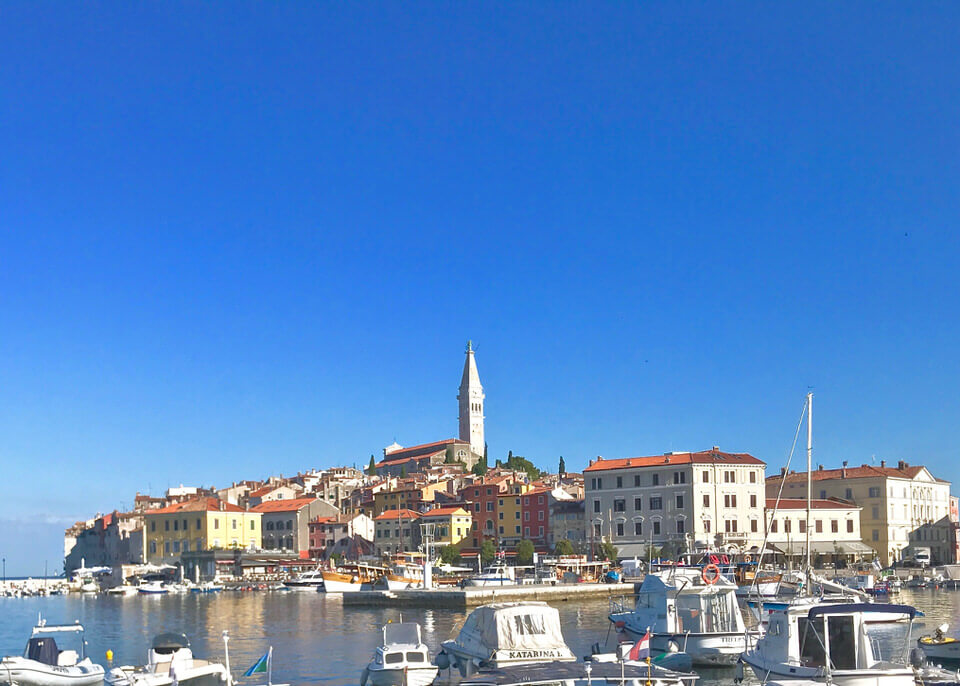
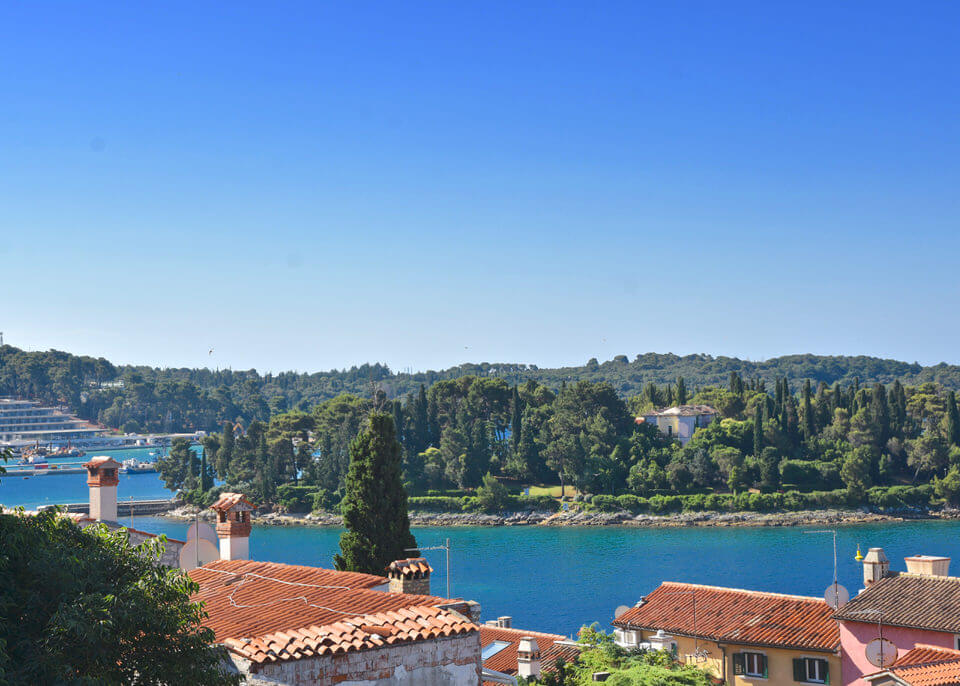
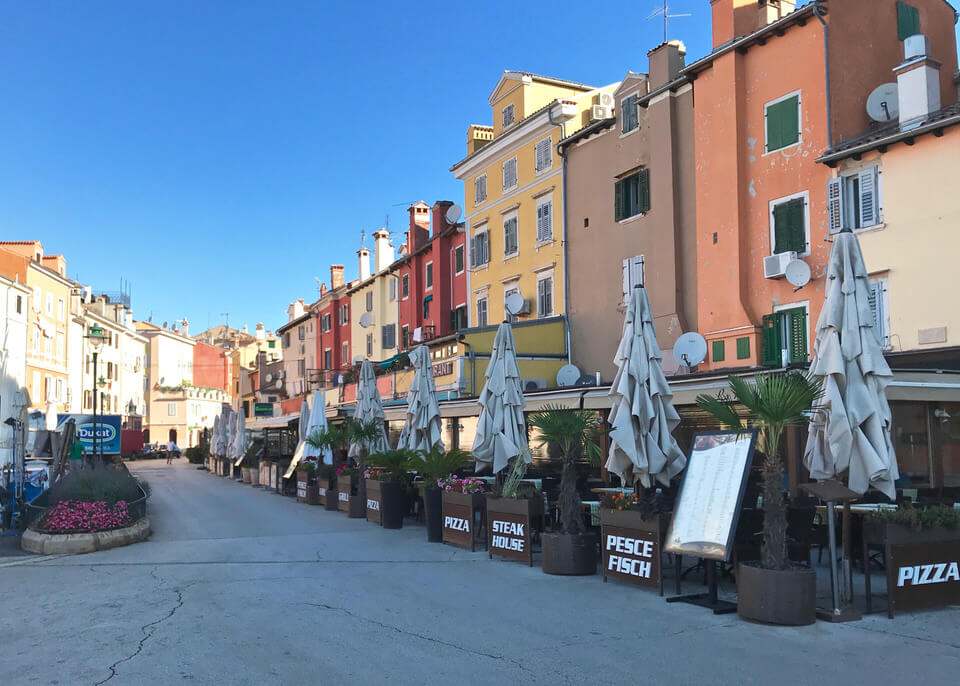


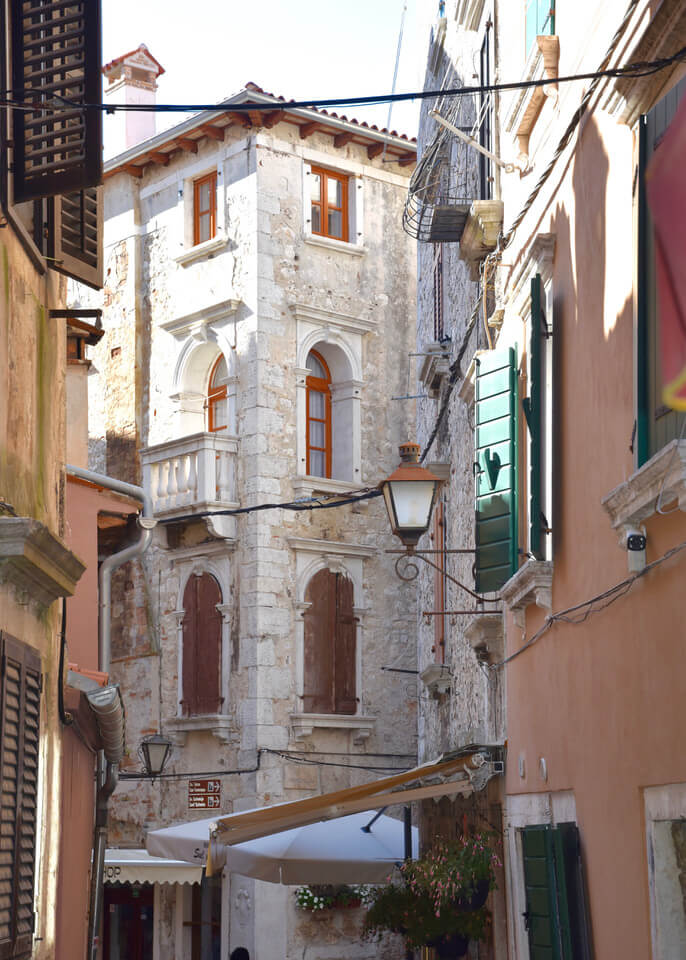
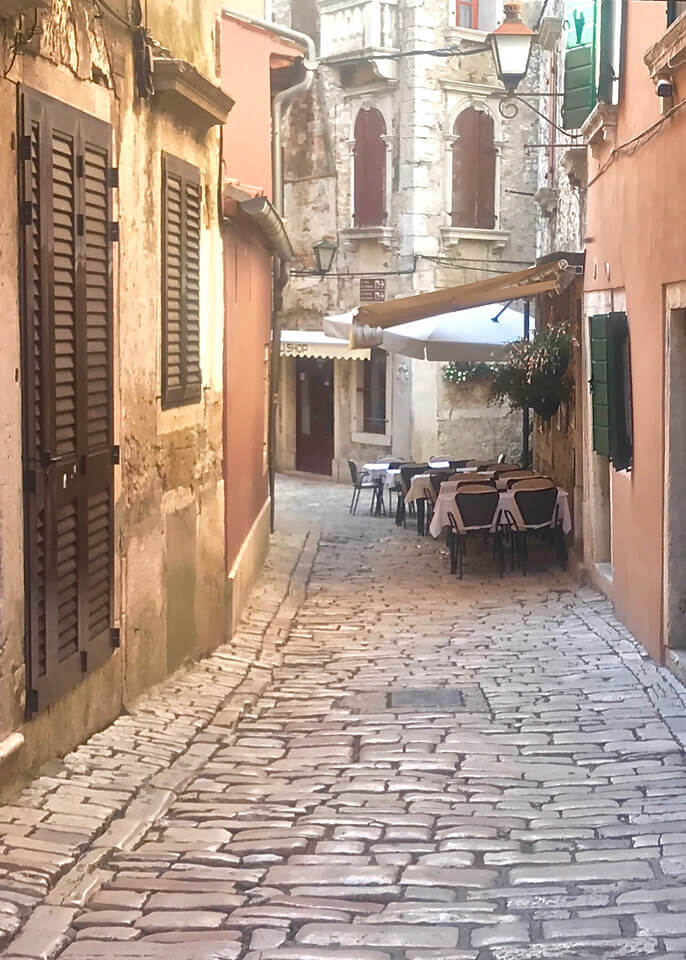
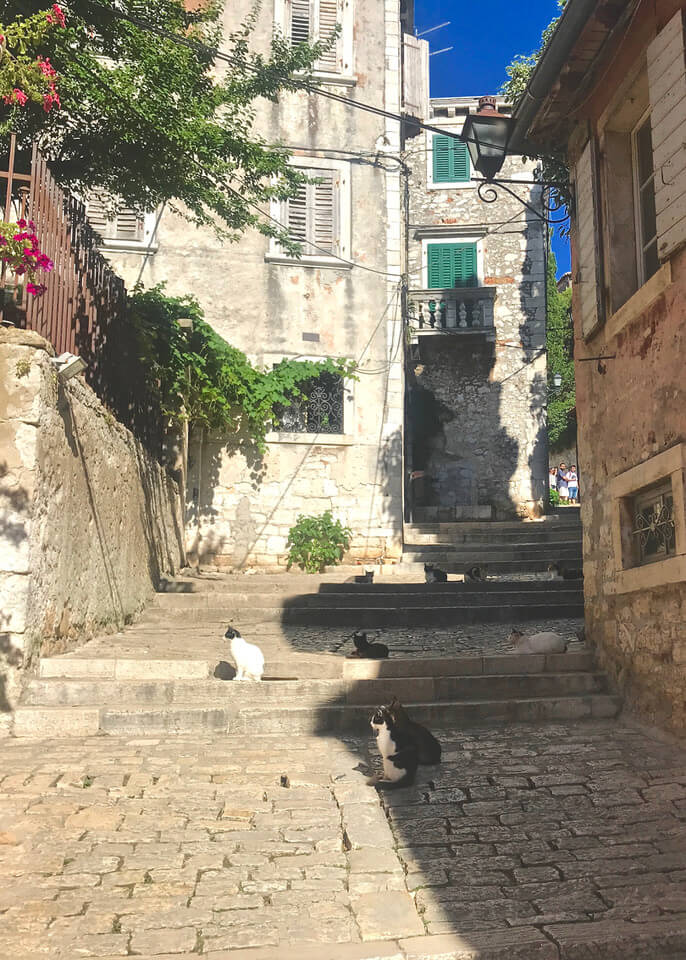
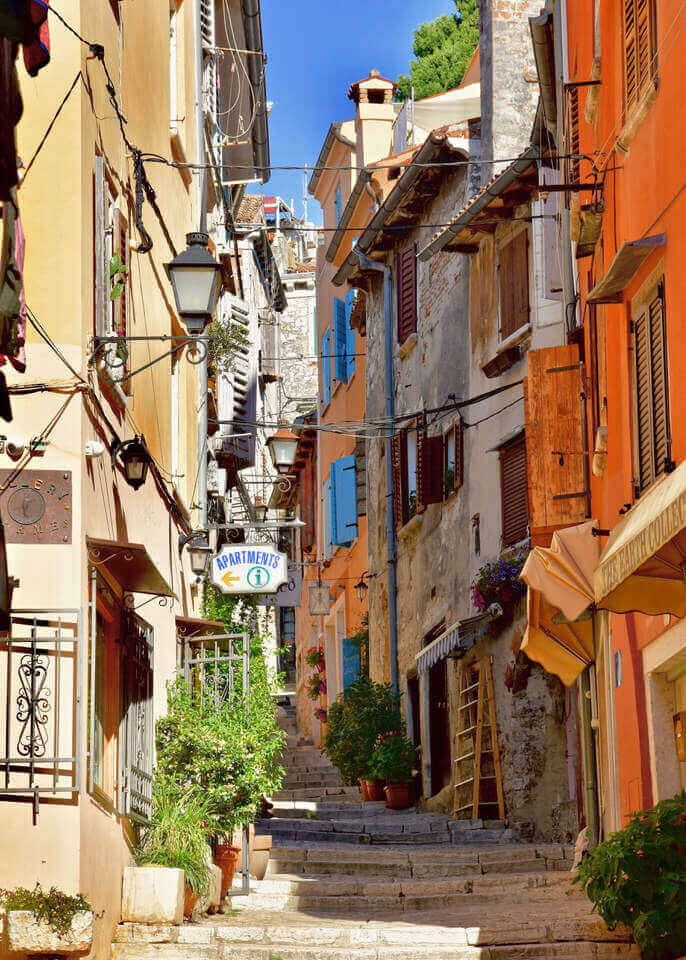
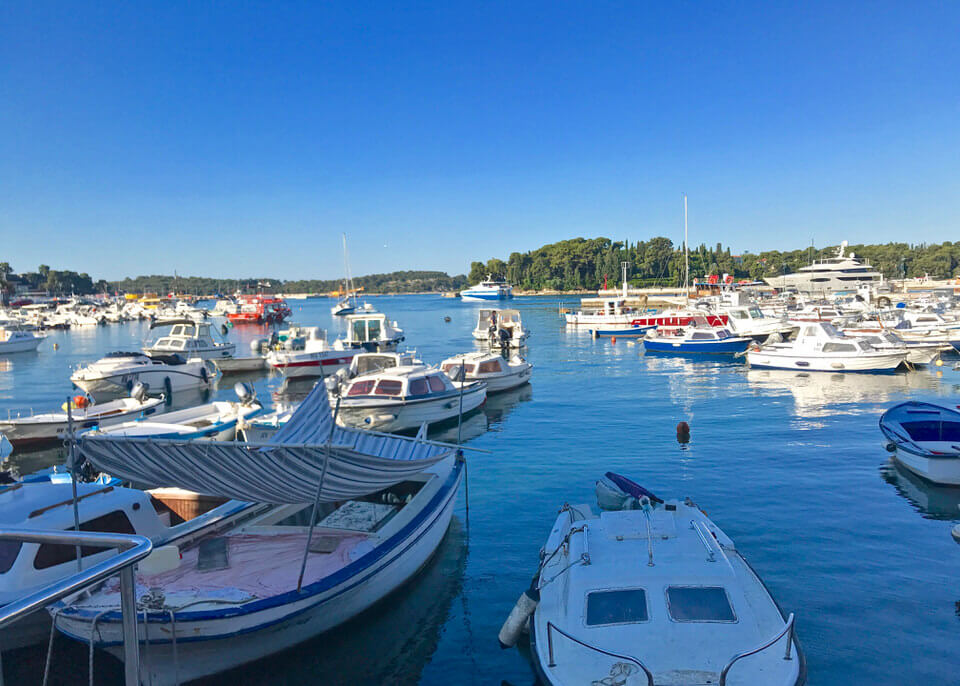
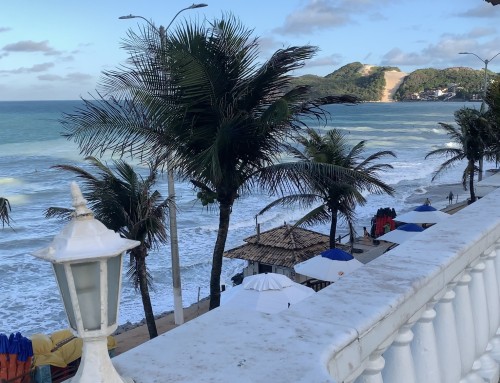
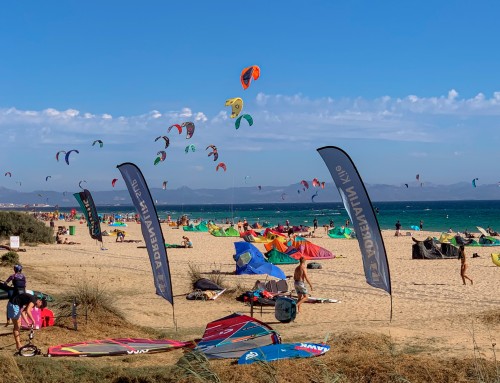
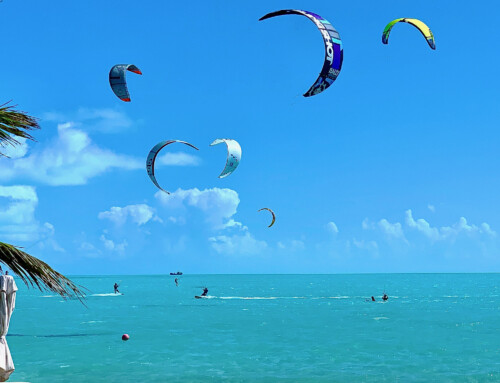
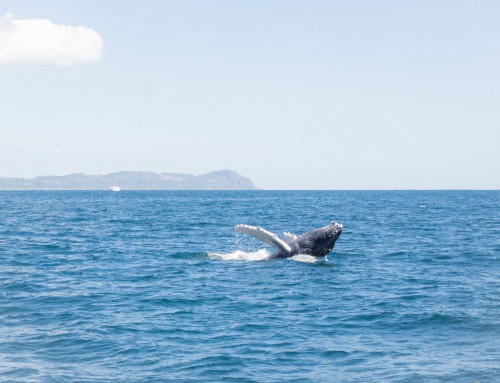
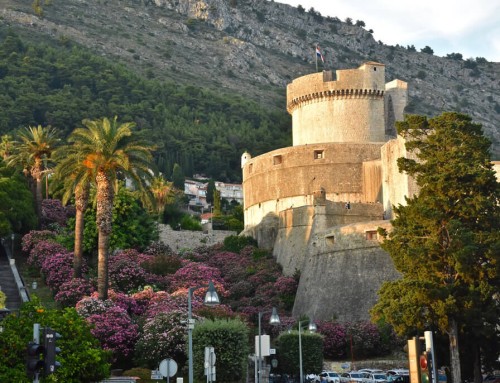
Leave A Comment
You must be logged in to post a comment.